Circa 2019
‘I did it. I led all 6 pitches placing my own gear, feeling my way up… It was truly epic’
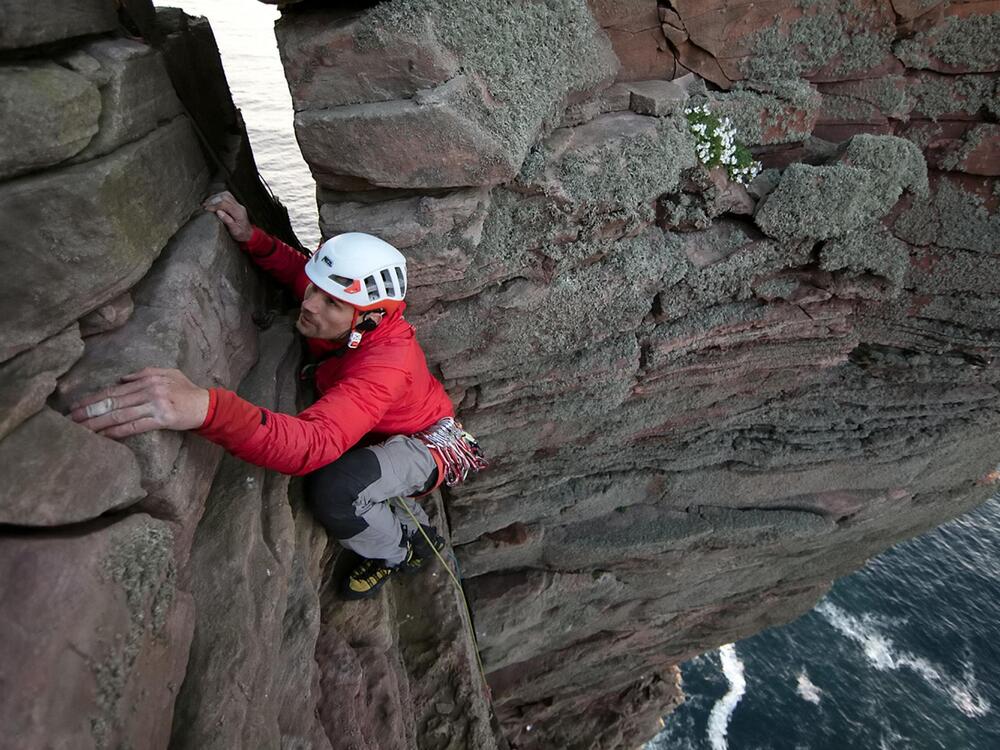

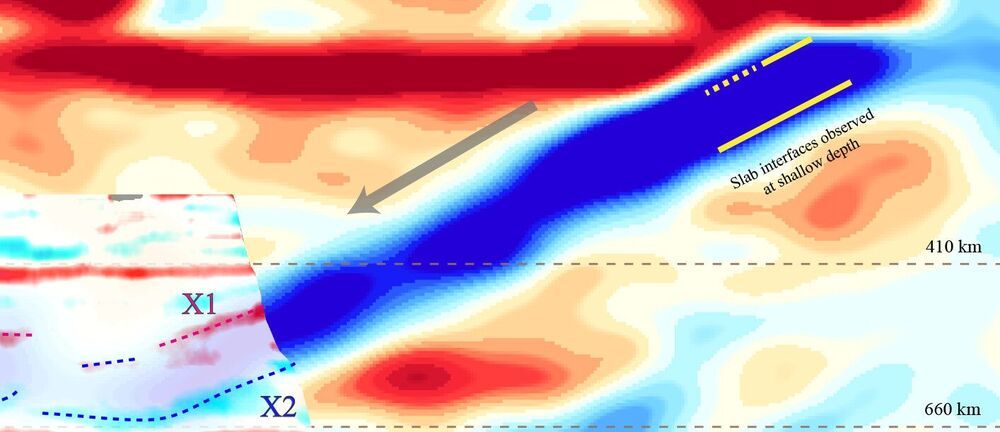
In a study that gives new meaning to the term “rock bottom,” seismic researchers have discovered the underside of a rocky slab of Earth’s surface layer, or lithosphere, that has been pulled more than 400 miles beneath northeastern China by the process of tectonic subduction.
The study, published by a team of Chinese and U.S. researchers in Nature Geoscience, offers news evidence about what happens to water-rich oceanic tectonic plates as they are drawn through Earth’s mantle beneath continents.
Rice University seismologist Fenglin Niu, a co-corresponding author, said the study provides the first high-resolution seismic images of the top and bottom boundaries of a rocky, or lithospheric, tectonic plate within a key region known as the mantle transition zone, which starts about 254 miles (410 kilometers) below Earth’s surface and extends to about 410 miles (660 kilometers).
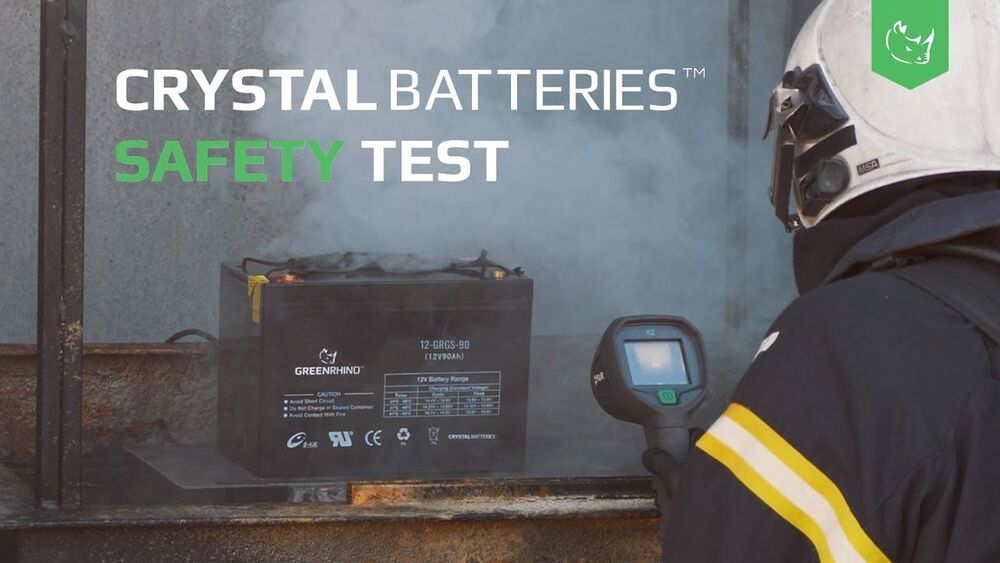
CRYSTAL BATTERIES™ Safe and Powerful Performance Crystal Batteries™ are a unique technology that overcomes conventional battery problems by having a nearly solid-state electrolyte. This allows the battery to be discharged deeper, cycle more often, has a longer lifetime and can withstand extreme temperatures. WATCH SAFETY TEST.
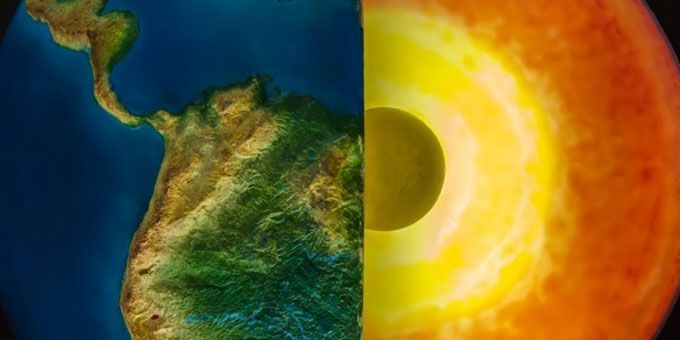
Circa 2019
In 1841, Alexander Bain confirmed the capacity of moist dirt in the generating of electricity. An Earth Battery is a pair of electrodes, consisting of two dissimilar metals, using moist earth as an electrolyte. To make the battery, Bain buried plates of zinc (anode) and copper (cathode) in the ground about a yard apart. It produced an output voltage of approximately 1 volt.
When you place a zinc anode and a copper cathode in a container of wet mud, the two metals start reacting, because zinc loses electrons easier than copper and because the mud contains ions. By wetting the dirt, it turns into a true electrolyte solution. Therefore, the electrodes start exchanging electrons, just like an ordinary battery does.

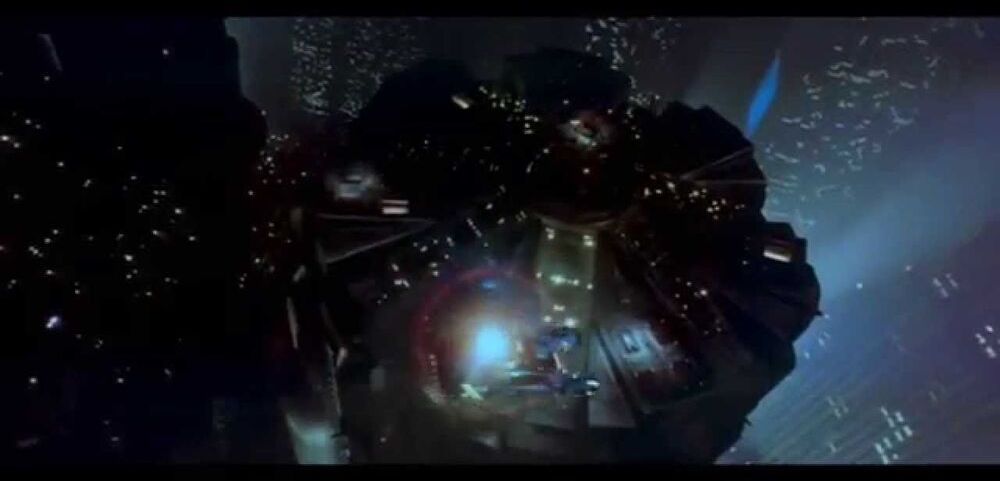
Article from BBC. It looks like flying cars are now becoming more prevalent.
Flying cars may seem futuristic – but from commercial jetpacks to personal air taxis, they are already here. Here’s how they could transform the way we commute, work and live.

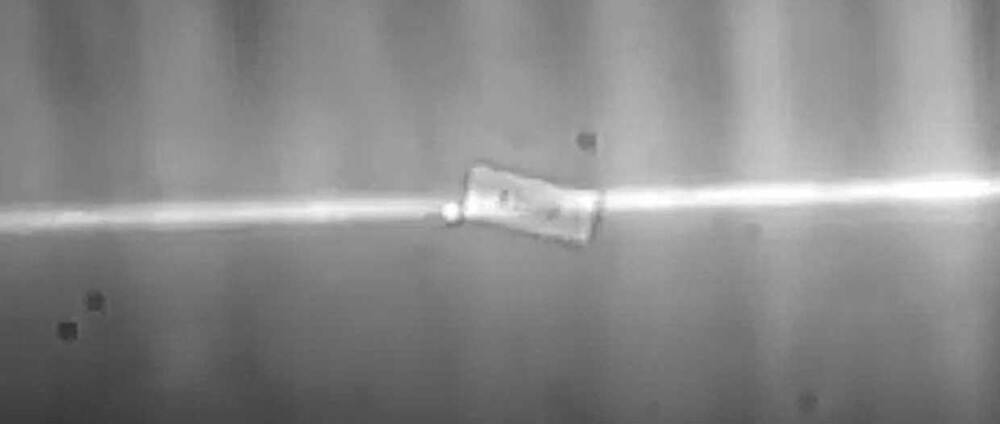
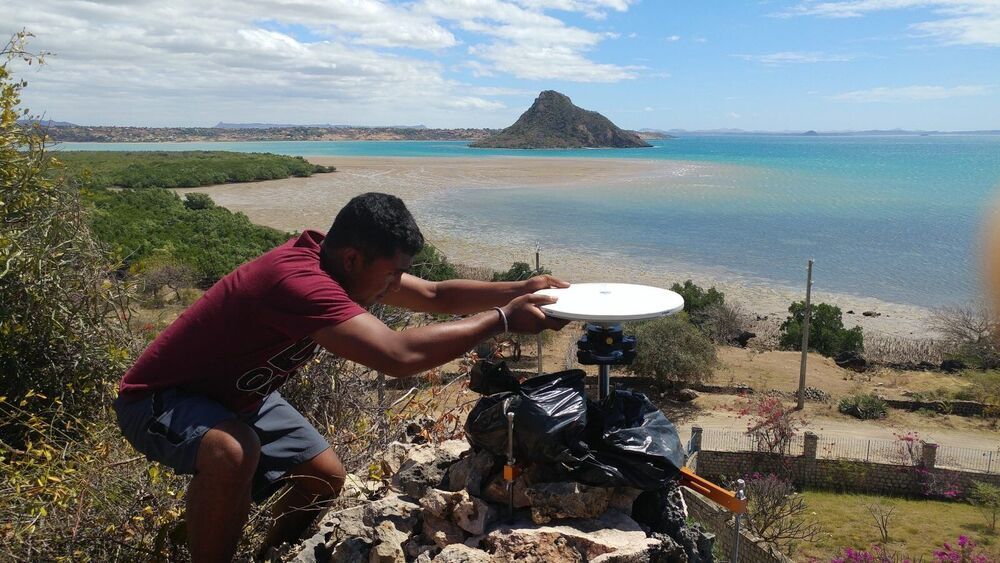
The African continent is slowly separating into several large and small tectonic blocks along the diverging East African Rift System, continuing to Madagascar—the long island just off the coast of Southeast Africa—that itself will also break apart into smaller islands.
These developments will redefine Africa and the Indian Ocean. The finding comes in a new study by D. Sarah Stamps of the Department of Geosciences for the journal Geology. The breakup is a continuation of the shattering of the supercontinent Pangea some 200 million years ago.
Rest assured, though, this isn’t happening anytime soon.